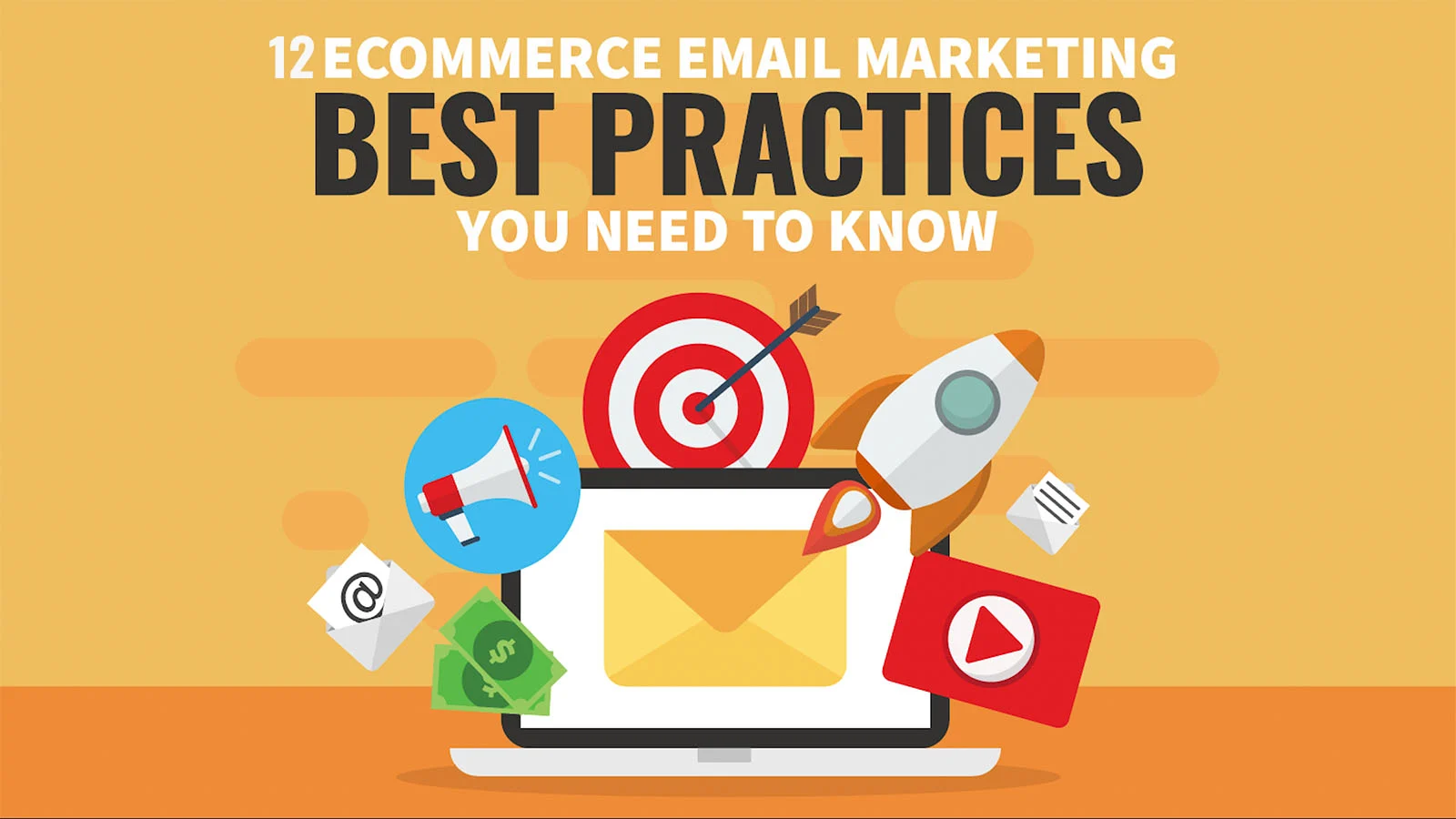Mastering the Inbox: Unique Ecommerce Email Marketing Best Practices
The Power of Ecommerce Email Marketing best practices
In today’s digital landscape, ecommerce email marketing best practices have become a powerful tool for businesses to engage with their customers and drive sales. With the ability to reach a wide audience instantly, email marketing has proven to be an effective strategy for promoting products, nurturing customer relationships, and boosting overall revenue. By leveraging the right techniques and following best practices, businesses can master the art of ecommerce email marketing best practices and achieve remarkable results.
Table of Contents
Crafting Compelling Email Content
When it comes to ecommerce email marketing best practices, crafting compelling content is crucial for capturing the attention of your subscribers and encouraging them to take action. Start by personalizing your emails to make them more relevant and relatable to your audience. Use dynamic content to tailor your messages based on individual preferences and purchase history. Incorporate eye-catching visuals, such as product images or videos, to make your emails visually appealing and engaging.
Segmentation and Targeting
Segmentation and targeting are essential aspects of successful ecommerce email marketing best practices. By dividing your subscriber list into distinct groups based on demographics, purchase behavior, or interests, you can deliver more relevant and personalized content to each segment. This targeted approach ensures that your emails resonate with recipients and increases the likelihood of conversion. Regularly review and update your segments to accommodate changes in customer preferences and behavior.
Automation and Triggered Emails
Automation and triggered emails are powerful tools in ecommerce email marketing best practices. These types of emails are sent automatically based on specific actions or events, such as abandoned carts, product purchases, or birthdays. By setting up triggered email workflows, you can deliver timely and relevant messages to your customers, nurturing their relationship with your brand and encouraging repeat purchases. Additionally, automation allows you to save time and resources by streamlining your email marketing efforts.
Optimizing for Mobile Devices
In today’s mobile-driven world, it’s crucial to optimize your ecommerce email marketing best practices campaigns for mobile devices. With the majority of people accessing their emails on smartphones and tablets, it’s important to ensure that your emails are mobile-friendly. Use responsive email templates that adapt to different screen sizes and test your emails on various devices and email clients to ensure a seamless user experience. Pay attention to the readability of your content, the size of your buttons, and the loading speed of your images to maximize engagement and conversions.
A/B Testing and Data Analysis
To continuously improve your ecommerce email marketing best practices campaigns, it’s essential to conduct A/B testing and analyze the data. Split your subscriber list into two groups and send different versions of your emails to each group. By comparing the performance metrics, such as open rates, click-through rates, and conversion rates, you can identify what resonates best with your audience. Use these insights to optimize your email content, subject lines, call-to-action buttons, and other elements, ultimately driving better results.
Personalized Product Recommendations
One effective strategy in ecommerce email marketing best practices is to include personalized product recommendations in your emails. Analyze your customers’ purchase history and browsing behavior to suggest relevant products that they might be interested in. By showcasing products that align with their preferences and needs, you can enhance their shopping experience and increase the likelihood of conversion. Incorporate dynamic content and personalized subject lines to make your recommendations even more compelling.
Cart Abandonment Recovery
Cart abandonment is a common challenge in ecommerce, but it presents an opportunity for recovery through strategic email marketing. Send targeted emails to customers who have abandoned their carts, reminding them of the items they left behind and offering incentives or discounts to complete the purchase. Use persuasive language and a sense of urgency to encourage them to take action. By addressing common concerns or objections, you can alleviate any doubts and boost the chances of conversion.
Building Customer Loyalty
Ecommerce email marketing best practices is not just about driving sales; it’s also about building customer loyalty and fostering long-term relationships. Use email campaigns to express gratitude, provide exclusive offers to loyal customers, and offer personalized rewards based on their purchase history. Regularly engage with your customers by sharing valuable content, such as educational resources or insider tips related to your products or industry. By consistently delivering value, you can turn one-time buyers into repeat customers and brand advocates.
Continual Optimization and Growth
The world of ecommerce is constantly evolving, and so should your email marketing strategies. Continual optimization and growth are key to staying ahead of the competition and maximizing the effectiveness of your campaigns. Stay up to date with industry trends, experiment with new techniques, and always be open to learning from your data and customer feedback. By adapting to changes and continuously refining your approach, you can master the inbox and unlock the full potential of ecommerce email marketing.
Conclusion
In conclusion, mastering ecommerce email marketing best practices requires a combination of compelling content, segmentation, automation, mobile optimization, data analysis, personalization, and customer loyalty building. By implementing these unique best practices, businesses can effectively engage with their audience, drive sales, and build long-term relationships. Remember to consistently test and optimize your campaigns to achieve the best possible results. Embrace the power of ecommerce email marketing best practices and unleash its potential to propel your business towards greater success.
Learn about: Crack the code’s success with our email marketing best practices b2b, unlocking new avenues for growth and engagement.













